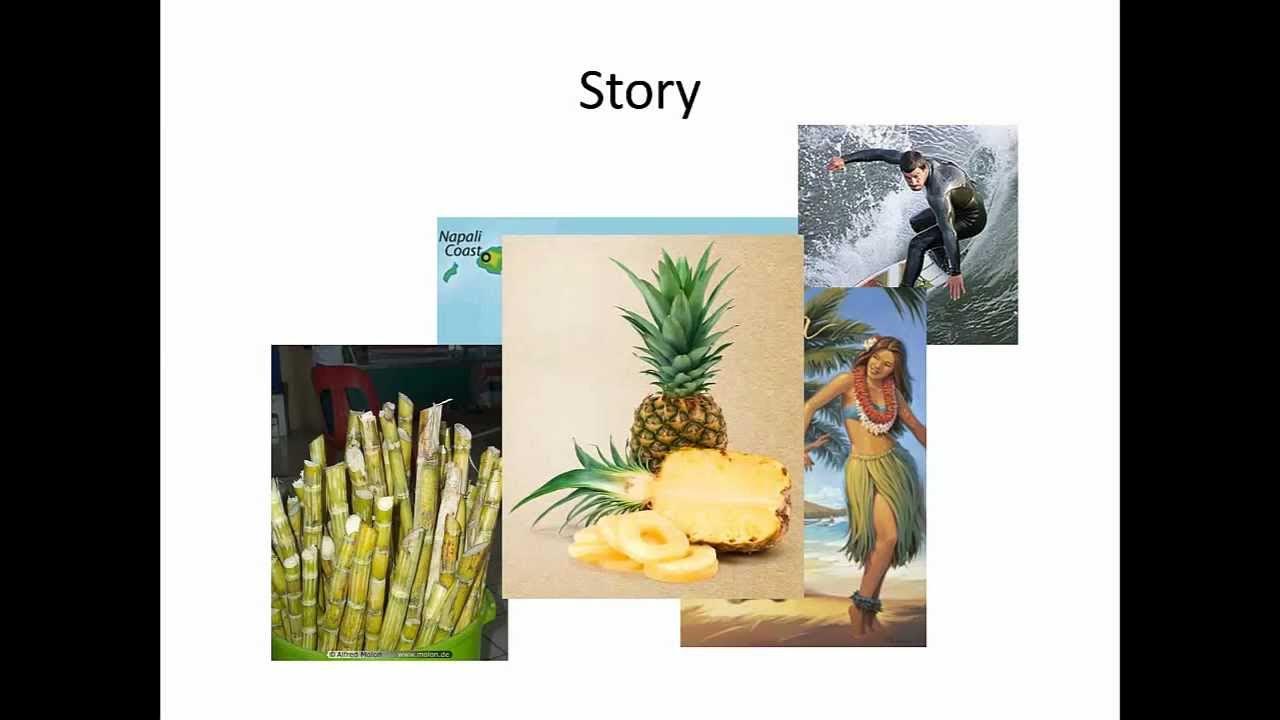Riset 8 1
Summary
TLDRThe video discusses the effects of a damaged bridge, highlighting issues like disrupted transportation and supply chains. It then explores the relationship between rural and urban areas, explaining settlement patterns such as linear, clustered, and dispersed. The video outlines different city sizes and functions, including commercial, governmental, and cultural hubs. The concept of rural-urban interaction is explained through complementarity, transferability, and opportunity, along with the benefits and challenges it brings, such as increased literacy in rural areas but also urbanization and cultural shifts. The lesson emphasizes the dynamic interplay between city and countryside.
Takeaways
- 🌉 The damaged bridge disrupted transportation and the supply of goods in the affected area.
- 🏞️ Villages maintain an agricultural lifestyle, with close-knit communities and adherence to religious, legal, and traditional norms.
- 🏡 There are three types of village settlement patterns: linear (along roads, rivers, or coastlines), clustered, and dispersed (in flood-prone or rough terrain).
- 🏙️ Cities are categorized by population size: small (up to 50,000), medium (50,000 to 100,000), large (100,000 to 1 million), and metropolis (over 1 million).
- 🏛️ Cities can also be classified by function, such as production centers (e.g., Gresik), trade hubs (e.g., Hong Kong), administrative centers (e.g., Jakarta), and cultural centers (e.g., Yogyakarta).
- 🔄 Interaction between villages and cities involves reciprocal relations, such as villages providing food while cities supply tools.
- 🚛 Key factors of village-city interaction include complementarity (mutual dependence), transferability (ease of transport), and intervening opportunity (seeking better opportunities elsewhere).
- 📊 Positive effects of village-city interaction include increased literacy, agricultural productivity, and improved public facilities in villages.
- 🍲 For cities, the interaction ensures sufficient food supply, labor availability, and a market for urban products.
- ⚠️ Negative effects include urbanization pressures in cities and the erosion of traditional values in villages due to lifestyle changes.
Q & A
What are some of the immediate problems caused by the damaged bridge?
-The damaged bridge caused disruptions in transportation, delays in the supply of essential goods, and other related issues in the surrounding area.
What is the primary livelihood of people living in the village?
-Most people in the village are farmers, and they often also raise livestock.
What social characteristics are evident in the village community?
-The villagers have strong family ties and close-knit relationships, as evidenced by their frequent interactions and greetings with one another.
What does the term 'pola permukiman memanjang' refer to?
-'Pola permukiman memanjang' refers to a settlement pattern where houses are arranged along a road, river, or coastline.
What are the three settlement patterns discussed in the script?
-The three settlement patterns are 'permukiman memanjang' (linear settlement), 'permukiman mengelompok' (clustered settlement), and 'permukiman menyebar' (dispersed settlement).
What differentiates rural and urban environments according to the script?
-Rural environments are characterized by natural surroundings such as farmland and forests, while urban areas are dominated by buildings, wide roads, and heavy traffic.
How can cities be categorized based on population size?
-Cities are categorized by population size as follows: small cities (10,000-50,000 people), medium cities (50,000-100,000 people), large cities (100,000-1,000,000 people), and metropolitan cities (over 1 million people).
What are some examples of cities categorized by their functions?
-Examples include Gresik as a production city, Hong Kong as a trade city, Jakarta as a government city, and Yogyakarta as a cultural city.
What is meant by 'interaksi antar wilayah'?
-'Interaksi antar wilayah' refers to the interaction between different regions, such as between rural and urban areas, which involves mutual influence and exchange of goods and services.
What are the three main factors influencing rural-urban interactions?
-The three main factors are complementarity (mutual dependency, e.g., rural areas supplying food and urban areas providing agricultural tools), transferability (ease of transporting goods and services), and intervening opportunity (seeking better opportunities in other places, such as rural youth moving to cities for jobs).
Outlines

Dieser Bereich ist nur für Premium-Benutzer verfügbar. Bitte führen Sie ein Upgrade durch, um auf diesen Abschnitt zuzugreifen.
Upgrade durchführenMindmap

Dieser Bereich ist nur für Premium-Benutzer verfügbar. Bitte führen Sie ein Upgrade durch, um auf diesen Abschnitt zuzugreifen.
Upgrade durchführenKeywords

Dieser Bereich ist nur für Premium-Benutzer verfügbar. Bitte führen Sie ein Upgrade durch, um auf diesen Abschnitt zuzugreifen.
Upgrade durchführenHighlights

Dieser Bereich ist nur für Premium-Benutzer verfügbar. Bitte führen Sie ein Upgrade durch, um auf diesen Abschnitt zuzugreifen.
Upgrade durchführenTranscripts

Dieser Bereich ist nur für Premium-Benutzer verfügbar. Bitte führen Sie ein Upgrade durch, um auf diesen Abschnitt zuzugreifen.
Upgrade durchführenWeitere ähnliche Videos ansehen
5.0 / 5 (0 votes)






